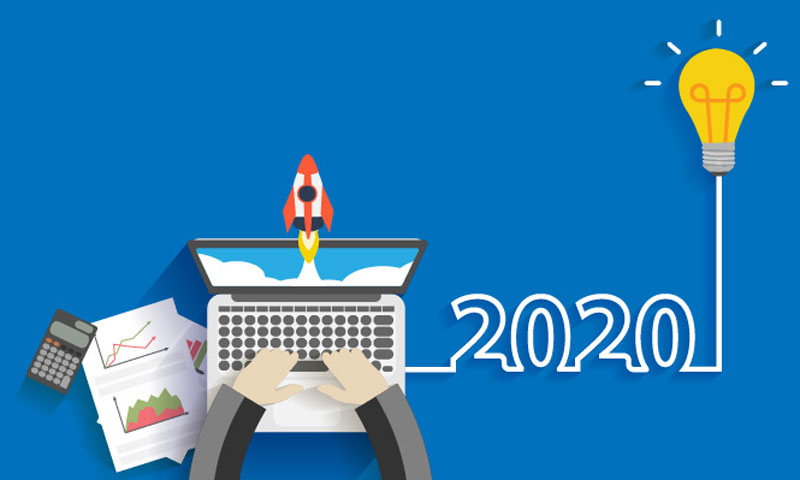
Tech trends for 2020
Days are getting shorter, nights are getting longer, that can only mean one thing – it’s time for predictions for the new year. In that spirit, here’s a quick round-up of the top tech trends for 2020 as they relate to SMEs.
The cloud will continue to grow, fuelled by growth in remote working
Remote working has been a possibility for a long time now, but companies vary widely in how much they are prepared to support it. Companies can, however, only dictate terms of employment to people they actually employ (and even then their leverage will depend largely on the availability of people with the skills they need).
At this point in time, however, many companies are trying to keep full-time employees to a minimum and to fill in the gaps in their own resources by using freelancers. The freelance economy is growing and growing and it’s not just “gig workers”, it’s skilled professionals too. As a result, remote work is growing too and the cloud is at the heart of it all. Utilising the cloud, work together while not in the same location and have easy access to data and documentation.
Artificial intelligence will continue to take over menial tasks, but won’t replace the human touch
In spite of the name, artificial intelligence is, quite frankly, still pretty stupid. It’s absolutely fine for menial tasks, in fact, that’s clearly its growth area and it still has huge potential for growth as it becomes more affordable and hence trickles down into the smaller end of the SME sector and ultimately into the freelancing and consumer worlds.
The harsh reality, though, is that this growth probably will result in its “taking human jobs” to some extent; however, it cannot replace the human touch.
What AI is almost certainly going to do is take over the sort of repetitive, mindless tasks many people hate and free up humans to use their skills where it matters, like creating a truly high-quality, personalised customer-service experience.
There’s also a good chance that any jobs taken by AI will be replaced by others, for example, once upon a time people had farriers change their horses’ shoes, now they have mechanics change their car’s tyres. People will still be needed to create the code that AI works from and build on the improvements that are taking place on a daily basis.
The internet will go local and be voice-driven
When the internet first started, many businesses were thrilled by the possibility of going global. For some businesses, the “borderless” nature of the internet is still a huge attraction, but these days, the internet is actually becoming increasingly localised.
The internet is also becoming increasingly driven by voice searches rather than text-based searches. These two facts go hand in hand with the continued rise of both mobile devices and smart home assistants. These devices are encouraging people to use the internet for “quick” searches, often for something in their local area such as somewhere to eat or somewhere to pick up a prescription.
Businesses are going to need to think about how they are going to respond to this and, in particular, whether or not they need to update their websites to be more easily discovered on local searches so that their content works effectively when read aloud and so that the kind of questions that are asked vocally (e.g. “Where’s my nearest petrol station?”) are easily answered. Any petrol station interested in SEO will have already answered the same kind of question as we ask it by typed search (e.g. “petrol station Aberdeen”).



